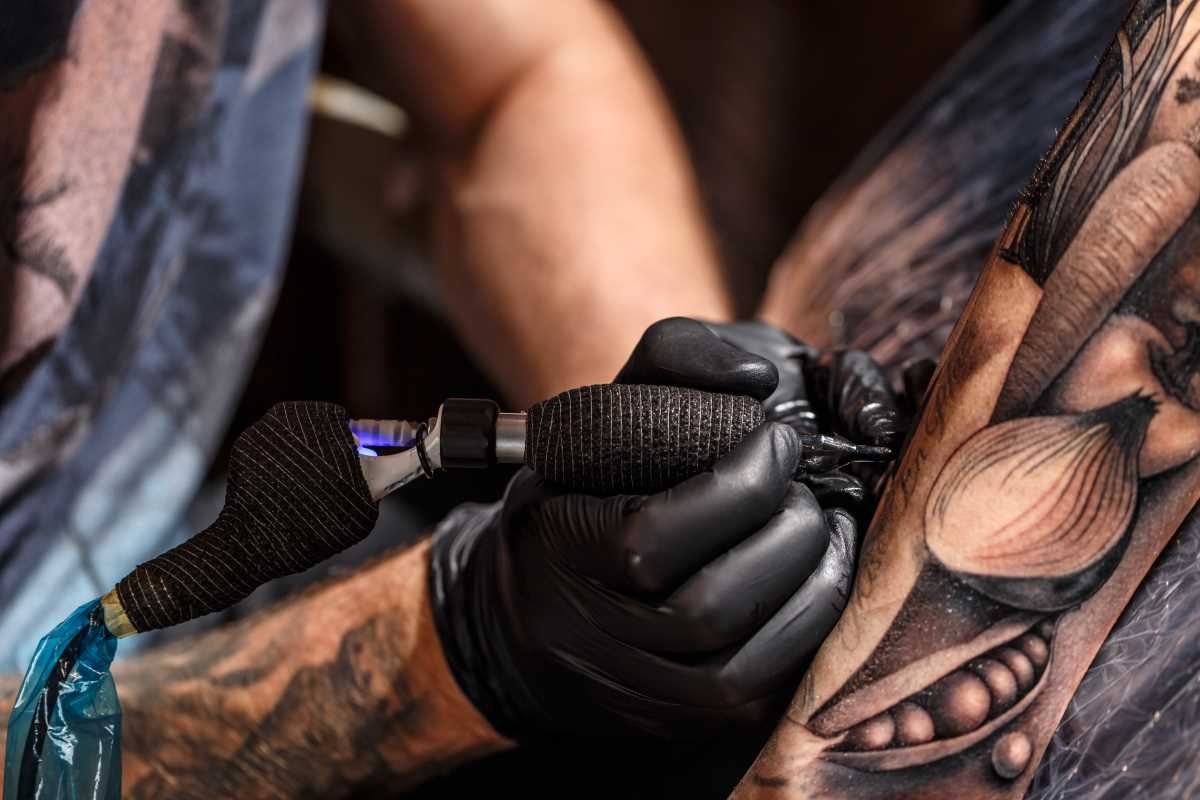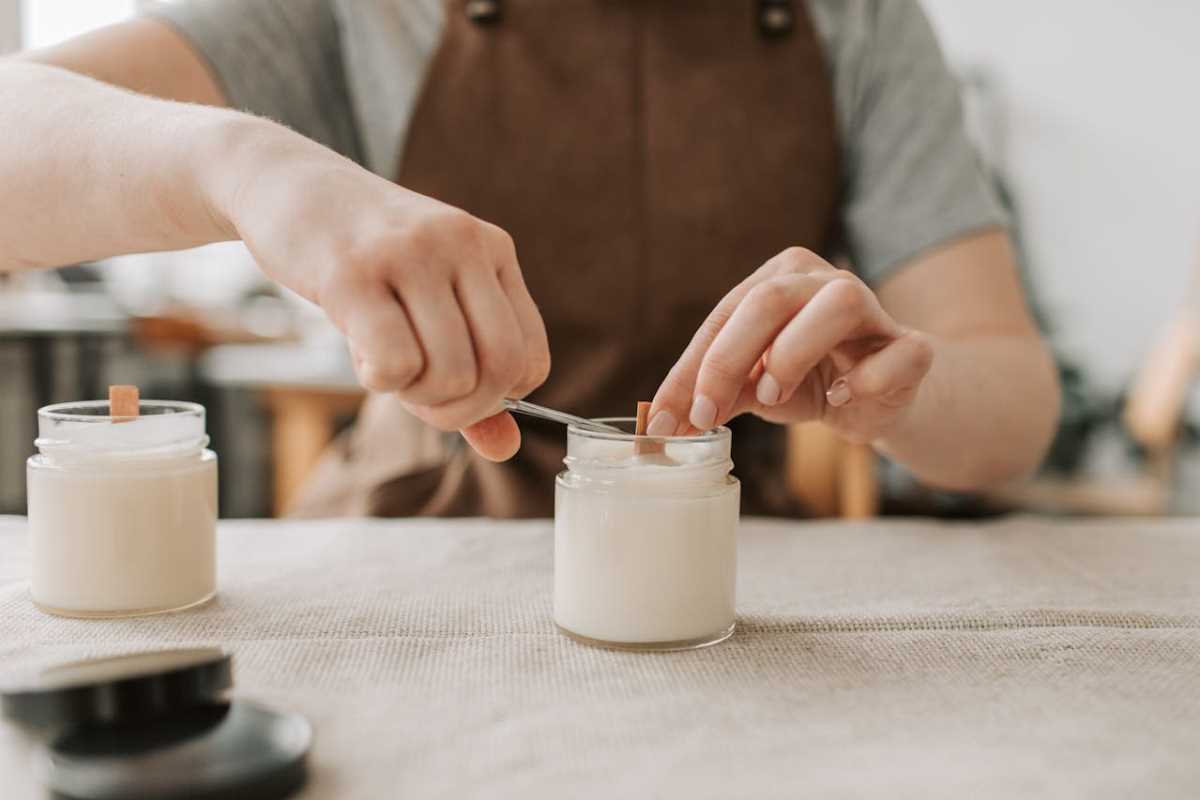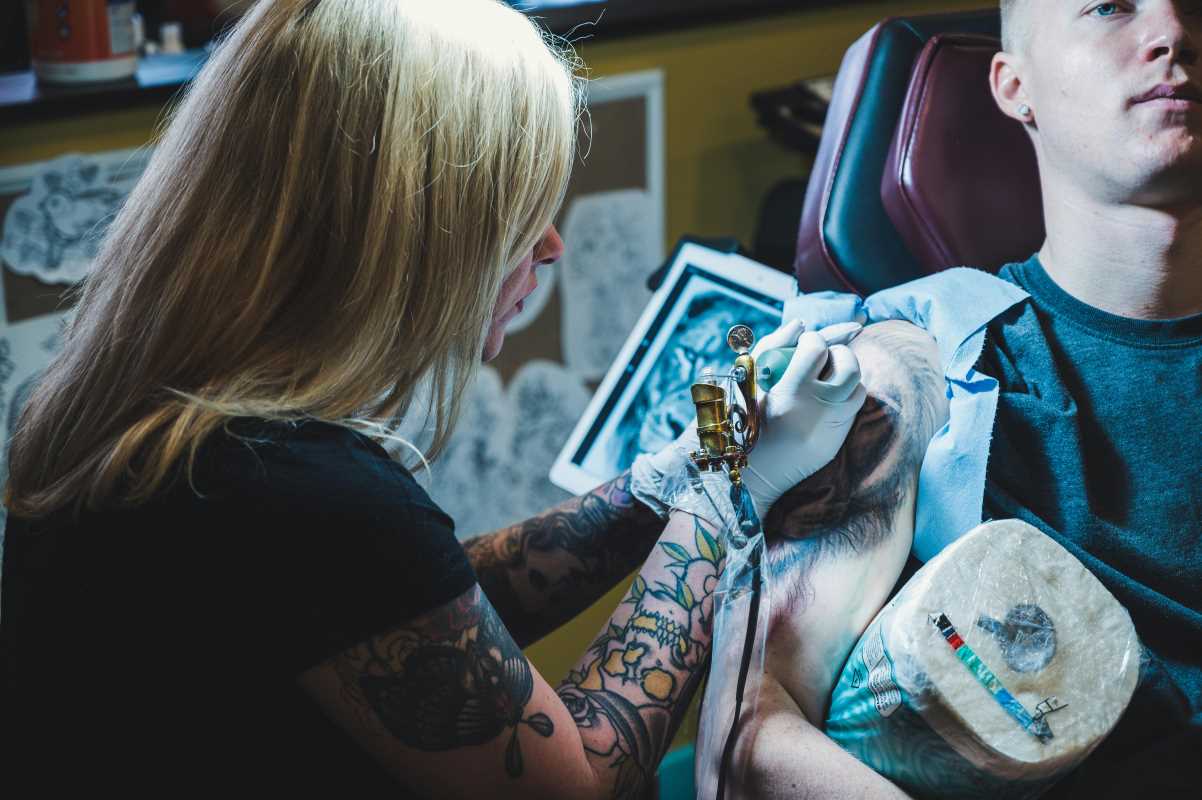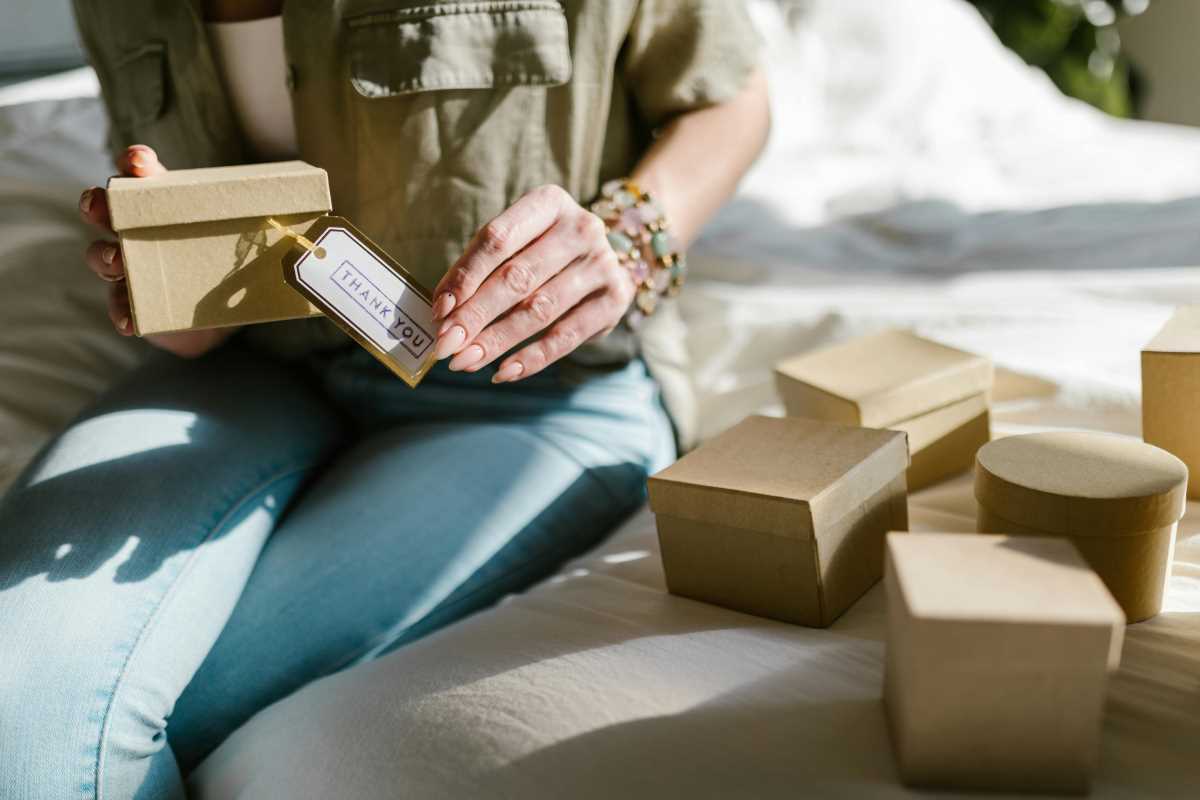For painters looking to take their art beyond the studio, art fairs can be an excellent platform to showcase your work, connect with buyers, and gain valuable experience in selling face-to-face. Showing your art at fairs is a unique opportunity to interact directly with art enthusiasts, broaden your network, and make sales in an exciting, community-driven environment.
However, the thought of participating in your first art fair can feel overwhelming. From selecting the right fair to putting together a stunning booth, there’s quite a bit to plan. This beginner’s guide will help you feel prepared and confident as you step into the world of art fairs, offering practical tips and insights to make the experience both rewarding and successful.
1. Choosing the Right Art Fair
Not all art fairs are created equal. Some cater to established collectors, while others operate as casual local events. Choosing the right fair is key to having a fulfilling and profitable experience.
Research the Target Audience
Take time to study the demographics of each fair before applying.
- Do they attract high-end buyers or casual art enthusiasts?
- Is there a history of high sales, or is the event more about community engagement?
- Are the attendees aligned with your artistic style and price range?
Check the Fair’s Reputation
Read reviews or talk to other artists who’ve participated in the fair. Look online for photos of past booths and social media posts about the event to get a sense of its atmosphere and organization.
Start Small
If you’re new to art fairs, consider starting with smaller, local events. These are less intimidating, require a smaller financial investment, and offer great opportunities for networking with fellow artists.
2. Preparing for Your Booth
Your booth is the centerpiece of your art fair experience. A well-planned and visually compelling setup can help you attract visitors, communicate your artistic style, and make a lasting impression.
Create an Eye-Catching Display
- Use Vertical Space: Invest in portable walls or grid panels to display paintings at eye level. This helps people view your pieces comfortably and showcases your work like a gallery.
- Highlight Key Pieces: Place your most striking or best-selling pieces in prominent positions to draw attention.
- Add Lighting: Good lighting makes all the difference. Clip-on lights or portable LED lamps can illuminate your paintings and make colors pop.
Keep it Professional
Your booth should be neat and organized. Use clean tablecloths, consistent framing styles, and branded signage with your name and contact information.
Include Smaller Items
Not every fairgoer will have the budget for a large painting. Offer smaller, more affordable items like prints, postcards, or even stickers featuring your artwork. These can generate income and serve as marketing material for future sales.
Prepare Branding Materials
Having a cohesive brand adds professionalism and helps visitors remember you.
- Business Cards: Include your name, email, website, and social media handles.
- Artist Bio: Display a short paragraph about you, your style, and your inspiration. Having printed biographies or flyers for buyers to take home can also be helpful.
- Packaging: Bring well-designed bags, bubble wrap, or branded folders to pack sold items professionally.
3. Pricing Your Artwork
Pricing your artwork for an art fair can feel like a juggling act. You want to value your time and talent while also making your pieces accessible to buyers.
Consider Your Costs
Factor in the cost of materials, framing, fair entry fees, and your time when setting prices. While it’s tempting to underprice to make sales, undervaluing your work can hurt your long-term reputation.
Offer a Range of Prices
Cater to a broader audience by offering pieces at various price points. For instance, you could have original paintings at higher price levels, mid-range prints, and small, affordable items like bookmarks or cards.
Be Transparent
Clearly label each piece with its price to make browsing easier. Avoid vague pricing like “prices upon request,” as it may discourage potential buyers.
4. Engaging With Potential Buyers
Art fairs are as much about the interactions as they are about the sales. Genuinely connecting with visitors helps build relationships, encourages purchases, and leaves a lasting impression.
Be Approachable
- Greet attendees warmly but avoid hovering. Standing (rather than sitting) in your booth makes you appear more engaged and approachable.
- Smile and be ready to answer questions about your work. A personal connection often makes a buyer more inclined to purchase.
Craft Your “Artist Elevator Pitch”
Prepare a brief, casual description of your artistic style and process. Practice how you’ll explain your art without sounding rehearsed or overly formal.
Listen Actively
When potential buyers express interest in your artwork, listen carefully. Ask them questions like what caught their eye or where they envision displaying it. This engagement creates a more meaningful connection to your work.
Accept Multiple Payment Methods
Make transactions seamless by accepting credit cards, mobile payments (e.g., Square, Venmo, or PayPal), and, of course, cash. Having versatile payment options ensures buyers don’t miss out on buying your art because of inconvenience.
5. Build Relationships for The Future
Art fairs aren’t just about the sales you make during the event. They’re also an opportunity to gather contacts, expand your network, and create lasting relationships.
Collect Emails and Social Media Followers
Ask visitors if they’d like to join your mailing list or follow your work online. Offer an incentive like an entry to a small giveaway to encourage sign-ups.
Thank Buyers Personally
Write a short thank-you note on receipts or hand out personalized postcards with each purchase. Thoughtful details like this make buyers feel valued.
Network With Fellow Artists
Don’t overlook the importance of connections within the art community. Exchange tips, share experiences, and consider future collaborations.
6. Final Preparations
Before the day of the fair, triple-check your checklist to avoid last-minute stress. Some essentials to prepare include:
- Tool Kit: Carry essentials like tape, scissors, zip ties, and extra hanging tools for quick fixes.
- Snacks and Water: Staying fueled and hydrated is important for maintaining your energy throughout the day.
- Comfortable Shoes: You’ll be on your feet for hours, so prioritize comfort.
- Backup Supplies: Bring extra business cards, packaging materials, and even spare artwork in case you sell out.
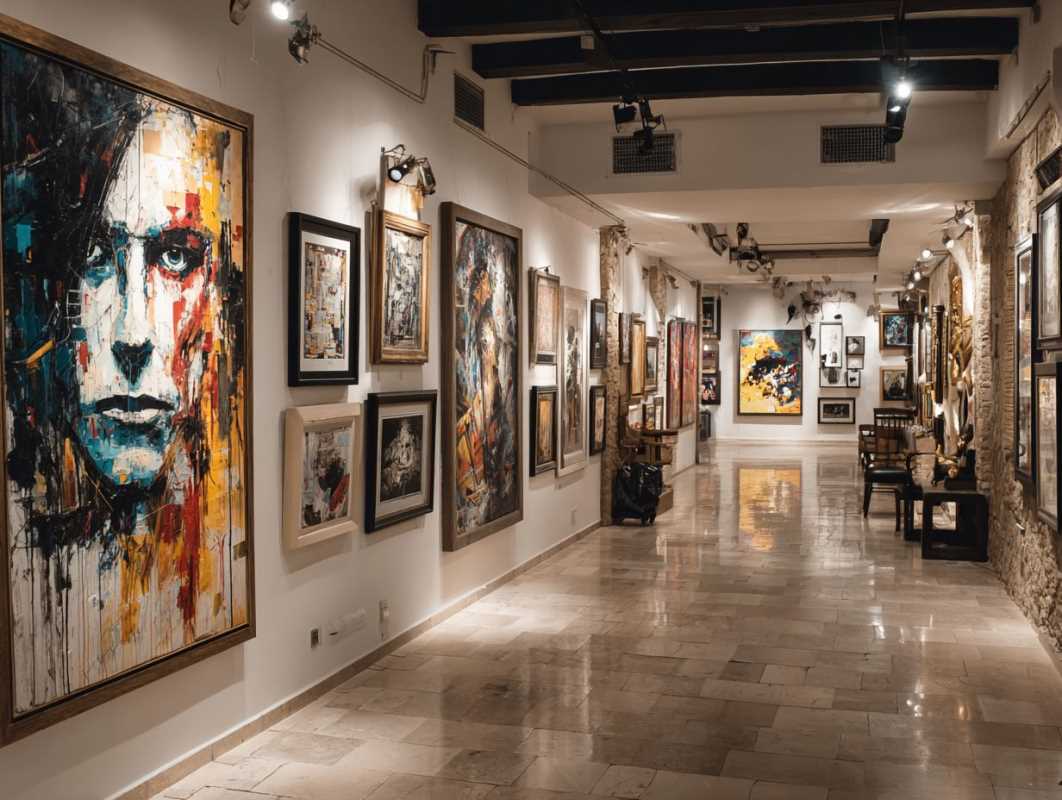 (Image source: Midjourney)
(Image source: Midjourney) 